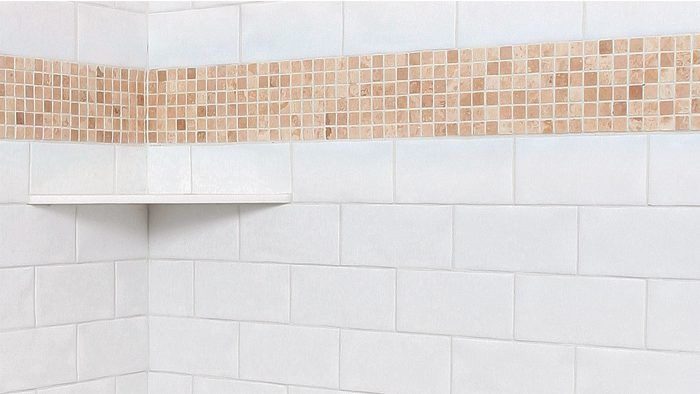Do Subway Tiles Need to Be Spaced?
Your approach will depend on the tile brand and the look you want to achieve.

I’m a general contractor who usually does his own tilework. I’ve always thought subway tiles were self-spacing and installed them as if they are. This results in a thin joint that requires using unsanded grout. I’ve never had any trouble with this method. However, I recently subbed out the tile installation in a shower and the tile contractor spaced the tiles and used wider grout lines. I have no problem with the aesthetics of either approach, but please tell me I haven’t been doing it wrong.
-Jake Charles, Roxbury, Conn.
Oregon tile contractor Joshua Oduin replies: Good news: You can install subway tile both ways. It depends on the brand of tile and the look you want to achieve. Subway tile made by Dal-Tile or American Olean, for example, has a small built-in spacer that allows you to stack the tile without additional spacers. Other tile manufacturers like Pratt and Larson or Heritage Tile do not have the built-in spacer. Handmade or rustic subway tiles do require a larger grout line and a sanded grout. This has the added benefit of helping to hide size and shape differences in these tiles. My rule of thumb is that if the tiles are very flat and consistent in size, the tighter the grout line should be. The more inconsistent and rustic the tile, the larger the grout line.
RELATED LINKS






View Comments
I hate to repeat the question, but… I have DalTile that I bought at an orange big box store. It does not have the spacing tabs that I’d seen on subway tile 10+ years ago. I presume that means they are not self-spacing, and they require the use of spacers? Thx
Also- if I can ask about the photo above- i note that there are two different backer boards in use. Probably not fatal, but it is unusual- any reason for this? Also, I‘d been told that is is necessary to waterproof the cement board using RedGard or similar, or to apply Kerdi fabric. My coworker disagrees. Can you resolve?